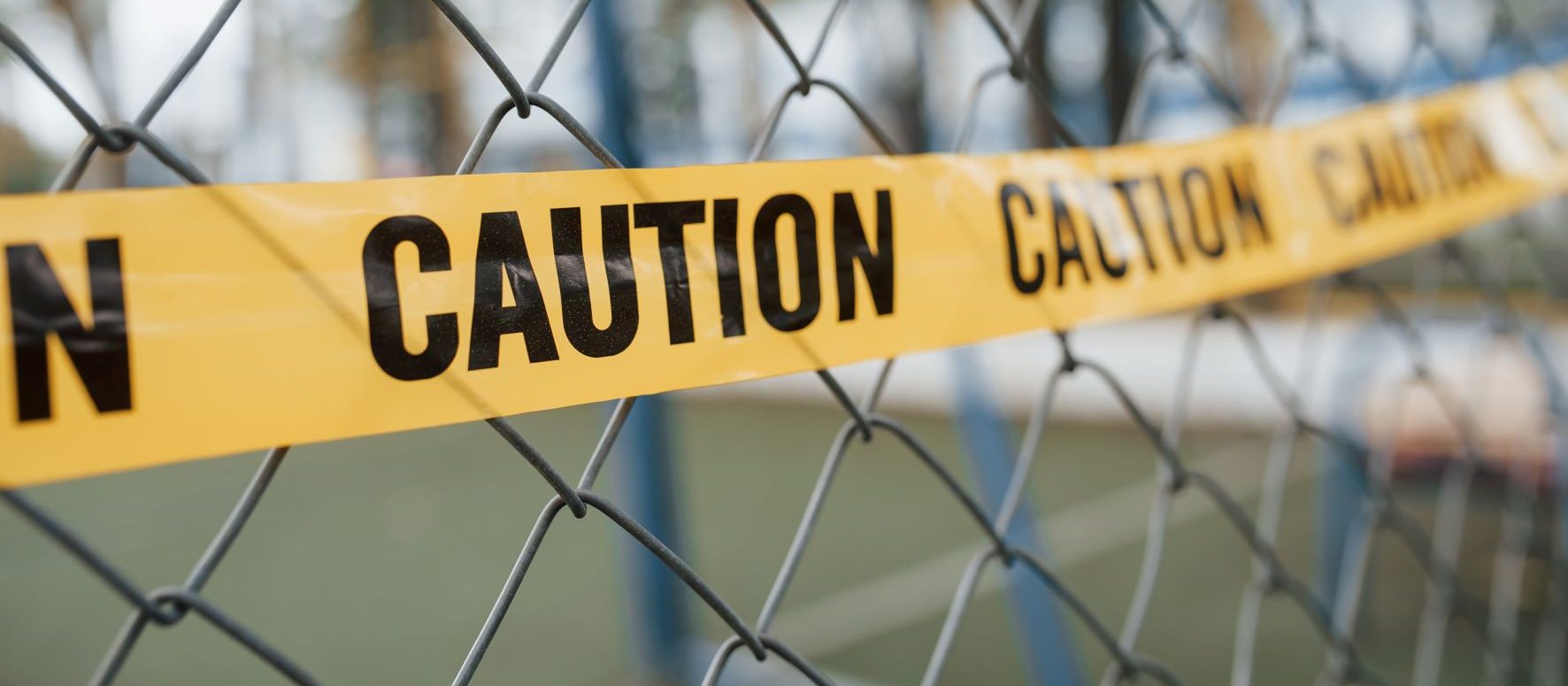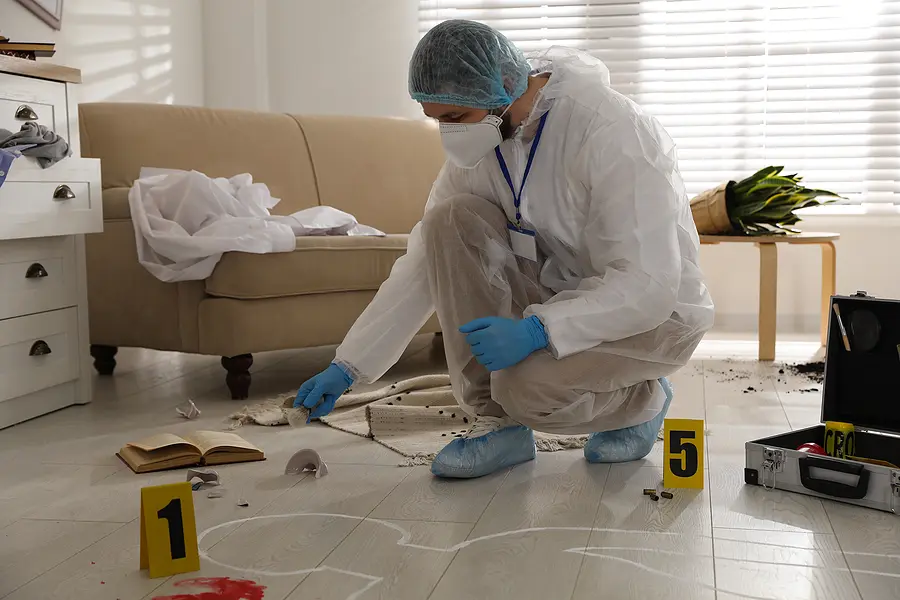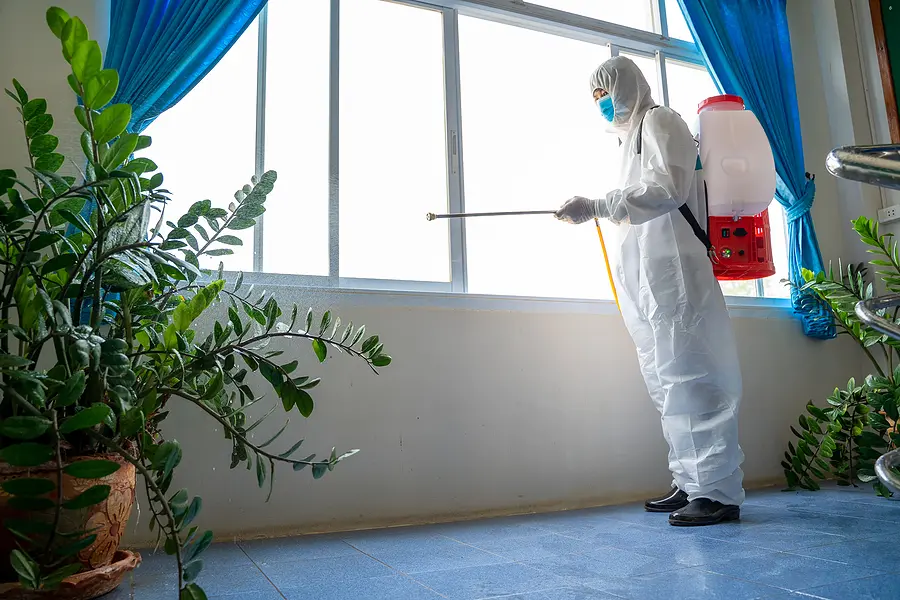Proper Crime Scene Cleanup Prevents the Spread of Infectious Waste

Proper Crime Scene Cleanup Prevents the Spread of Infectious Waste
Crime scenes are not for the faint of heart, and properly cleaning crime scenes can be dangerous, traumatic, and essential to protecting others. Any kind of human body fluid can be present at a crime scene, and any or all of it can be contaminated with numerous infectious diseases or hazardous chemicals. Proper professional crime scene cleanup will control, neutralize, and contain any contamination.
First responders take control of the crime scene. Once the person in charge of the scene notifies the owner or responsible party that the investigation on the scene has terminated, crime scene cleaners can begin their task.
What Does Proper Crime Scene Cleanup Look Like?
Standard operating procedures for crime scene cleanup tend to look like the military in a biological apocalypse movie. The cleaners turn everything inside out to decontaminate all internal and external environments. What might be viewed as universal precautions in the case of managing a crisis elsewhere in the world is just another day at the office for this field of professional cleaning.
You must do whatever it takes to destroy infectious agents such as hepatitis, tuberculosis, influenza, and HIV. For example, personnel needs to wear shoe covers, liquid impermeable coveralls, and protective eyewear. It is not optional to wear protective gloves and use specifically rated cleaning agents. It is mandatory.
However, worker safety is also a high priority. Some cleaners mandate avoiding cleaning areas that cannot be adequately seen to avoid accidents such as accidental punctures with needles or cuts with broken glass.
What Does Proper Crime Scene Cleanup Do?

Proper crime scene cleanup involves thorough and meticulous processes to ensure the removal of all biological and chemical contaminants from the scene. Here’s what it typically involves:
- Safety Precautions: Before anything else, ensuring the safety of the cleanup crew and anyone else present at the scene is paramount. This may involve wearing personal protective equipment (PPE) such as gloves, masks, and coveralls to prevent exposure to hazardous materials.
- Biohazard Removal: Crime scenes often contain blood, bodily fluids, and other biological materials that can pose serious health risks. Proper cleanup involves safely removing and disposing of these biohazards according to local regulations.
- Bloodborne Pathogen Cleanup: Blood and other bodily fluids can carry dangerous pathogens such as HIV, hepatitis B and C, and various bacteria. Specialized cleaning agents and procedures are used to disinfect surfaces and eliminate these pathogens effectively.
- Odor Removal: Crime scenes can have strong and lingering odors due to decomposition or chemical substances. Proper cleanup includes deodorizing the area to eliminate any unpleasant smells.
- Tear Gas and Chemical Cleanup: In cases involving tear gas or other chemical agents, proper cleanup requires specialized equipment and techniques to safely remove and dispose of these substances.
- Trauma Scene Remediation: Beyond physical cleanup, trauma scene cleanup involves addressing the emotional and psychological impact of the event. Compassionate and respectful handling of the situation is crucial to support those affected by the tragedy.
- Disposal of Hazardous Materials: All materials contaminated with biohazards or chemicals must be properly packaged and disposed of following local regulations. This may involve coordinating with hazardous waste disposal services.
- Restoration of the Scene: Once the cleanup is complete, the area should be restored to its pre-incident condition as much as possible. This may include repairing or replacing damaged property and ensuring that no traces of the event remain.
Levels of Biohazard Danger
Cleaning methods for removing and sanitizing biohazards vary from practitioner to practitioner. They vary from one circumstance to another. All practitioners consider four levels of biohazard danger:
- Level 1 will make you feel ill, but it won’t cause you to become diseased. Wear Personal Protective Equipment properly and follow safety policies.
- Examples: non-pathogenic E. coli and non-infectious bacteria.
- Level 2 involves a moderate potential for harm. Use PPE properly, be safe, and look out for co-workers.
- Examples: Hepatitis A, B, and C, Salmonella, Influenza A, mumps, and measles.
- Level 3 may not, but it has the potential to kill you. Be safe. You may not get a chance to be sorry. There’s some really bad stuff out there.
- Examples: HIV, Tuberculosis, SARS, Rabies, West Nile Virus.
- Level 4 – Death is standing at the door. Waiting. It WILL kill you and everyone else around.
- Examples: Ebola, smallpox
Crime Scene Cleanup Protocols

Crime scene, or crime and trauma scene (CTS), cleaning is not a regulated industry. Some organizations are trying to establish industry standards; however, most CTS cleaning activities are regulated by “best practice” guidelines from OSHA, NIOSH, DOT, and EPA. If you need to hire a CTS crew, it would be best to verify they are trained according to state and federal regulations. It is also essential to require documentation for proper biohazard waste disposal from licensed medical waste transportation and disposal companies.
Protocols for decontamination and the prevention of cross-contamination become more severe as the levels rise. Protocols change according to the length of time an area has been exposed to contamination. A blood spill on a floor is a standard job unless it has been on the floor long enough to soak into carpets, run under baseboards, be absorbed into drywall, or seep between cracks in wood or other hard surfaces. Then, not only is it an immediate biohazard threat, but the threat of future contamination by the growth and spread of black mold becomes a concern, too.
OSHA requires limiting exposure to blood-borne pathogens as much as possible in the US. It is assumed that blood and biological material is infectious. Most actions to limit exposure fall under cross-contamination protocols, which provide specific measures to avoid further spreading the contamination throughout otherwise clean areas, such as HEPA filtration, positive airflow, and showers after complete disposal of all PPE before re-entering a cleanroom. CTS De-con companies should have an exposure control plan before working on any trauma scene.
Dispose of Your Hazardous Crime Scene Materials With Medical Waste Pros
Medical Waste Pros is the source for all the medical waste disposal services you need. Call us at (888) 755-6370 or fill out the contact form to receive free quotes for medical waste disposal services.










